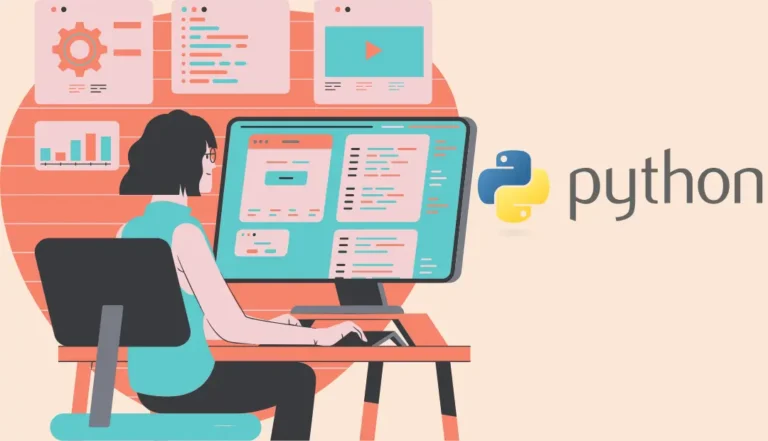As the age of autonomous AI agents accelerates, Anthropic has taken a monumental step by releasing what can only be described as a definitive guide — a “Bible” — for developers building AI agents in the real world. This detailed framework is not just a documentation; it’s a set of battle-tested strategies and architectural blueprints that will define the next generation of intelligent, autonomous systems.
From redefining how memory architecture functions to outlining planning systems and tool integrations, Anthropic’s approach breaks away from outdated prompting techniques. Instead, it delivers a holistic, structured methodology for developing powerful, safe, and functional AI agents.
Agent Design Goes Beyond Prompting
The traditional belief that prompt engineering is the core of AI agent creation is not just outdated — it’s dangerously limiting. Effective agent design hinges on structured workflows, not stateless interactions.
AI agents must reason, act, reflect, retry, and escalate.
A truly capable AI agent mimics the behavior of a software component with long-term planning capabilities, not a chatbot that simply reacts to commands. Agents need:
- Reasoning loops
- Context-aware decisions
- Error recovery mechanisms
- Multi-modal interaction pathways
In short, prompting alone cannot sustain real-world AI needs. Structured agent design is the future.

Memory Is Architecture, Not an Add-on
Memory isn’t a passive component — it’s the core of agent architecture. How memory is structured, updated, and retrieved directly impacts the performance and reliability of an AI agent.
Anthropic recommends replacing full context dumping with these memory management strategies:
- Summarized recall
- Scoped data retrieval
- Hierarchical memory chunks
- Indexed project files
When agents can retrieve the right data at the right time, they demonstrate situational awareness, continuity, and context-rich output — crucial for long-running tasks and collaboration.
Planning is Non-Negotiable
In the real world, no complex task gets done without a plan — and the same applies to AI agents. Anthropic makes it clear: planning is not optional.
Every successful agent should follow repeatable patterns like:
- Plan → Execute → Review
- Tool-use-on-stuck triggers
- Goal decomposition and checklists
- Step-wise strategy formation
Agents must anticipate steps, gather needed resources, and include checkpoints for correction. Without planning, even the smartest model will stumble over multi-step workflows.
Agents Require Real-World Tools to Succeed
Agents built only for natural language are like developers with no keyboard. According to Anthropic, real-world agents must be empowered with real-world tools:
- Shell access
- Git integration
- Web and API interfaces
- Database connectivity
- Plugin ecosystems
A language model can only simulate understanding. But when equipped with execution capabilities, agents can deploy code, run diagnostics, fix bugs, and deliver working solutions. These are no longer LLM wrappers — they are AI-powered developers.
ReAct and CoT Are System Patterns — Not Magic Spells
ReAct (Reasoning and Acting) and CoT (Chain of Thought) are not prompt tricks; they’re engineering blueprints. Anthropic advises developers to implement these patterns through system-level reinforcement, not wishful prompting.
Don’t say “think step-by-step.” Build systems that enforce step-by-step reasoning.
This includes:
- Automated planning modules
- Pre-execution reasoning checks
- Feedback loops before commit
- Constraint-based decisions
The goal is to create predictable, interpretable, and improvable reasoning behavior — paving the way for agents that adapt and improve over time.
Autonomy Must Be Controlled, Not Chaotic
While the dream of autonomous AI is enticing, unbounded autonomy is a recipe for disaster. Anthropic warns that agents need clearly defined scopes and fallback behaviors.
To maintain safety and utility, agents must have:
- Role boundaries and privilege levels
- Abort conditions and timeouts
- Fallback protocols
- Escalation paths to human supervisors
Controlled autonomy isn’t a limitation — it’s a necessary framework for ensuring reliability, trust, and legal compliance.
Orchestration Is the True Superpower
The real innovation in Anthropic’s framework is the emphasis on agent orchestration. An effective AI agent isn’t just a pipeline from prompt to response — it’s a dynamic system managing multiple components in harmony.
Key orchestration pillars include:
- Logic branching and decision trees
- Tool orchestration and fallback mechanisms
- Feedback-driven retries
- Memory refresh and state synchronization
- Agent-to-agent communication (multi-agent systems)
The result is an orchestrated intelligence layer — not just an agent, but a system that can adapt, collaborate, and evolve.
Practical Takeaways for AI Agent Developers
If you’re building or scaling AI agents today, Anthropic’s guide demands your full attention. Here are key implementation takeaways:
1. Think in Systems, Not Scripts
Build agents with internal logic, memory structures, and planning patterns.
2. Structure Memory Like a Human Brain
Utilize long-term, short-term, and dynamic memory banks. Create scoped memory for specific tasks.
3. Empower with Tools
Give agents execution access: shells, APIs, databases, plugins. It’s the difference between theory and results.
4. Design for Reviewability
Each agent action must be traceable and explainable. Logs, checkpoints, and internal reasoning visibility are essential.
5. Build Scalable Orchestration
Plan for multi-agent interactions. Coordinate logic, memory, tools, and state across concurrent agents.
Why Anthropic’s AI Agent Guide Is a Game Changer
This release isn’t just a guide — it redefines the gold standard for AI agent development. While most developers are stuck iterating on prompt engineering, Anthropic has unveiled the blueprint for truly autonomous, reliable, and capable AI agents.
Whether you’re designing agents to automate workflows, code autonomously, or collaborate across teams, this guide will help you create structured, effective, and safe AI systems that actually work in the real world.
The future of AI is not just conversational — it’s interactive, proactive, and system-driven. And now, thanks to Anthropic, developers have the map.




